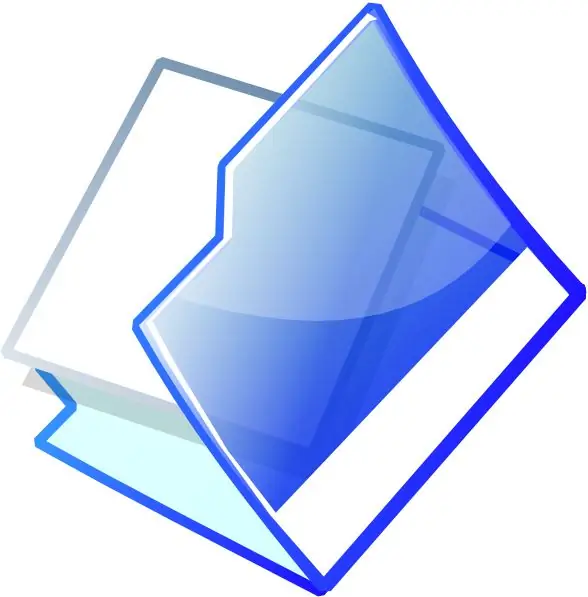To delete temporary files in the Windows 7 operating system, you can use the standard Disk Cleanup utility. With its help, you can not only clean up temporary files, but also items that are not used by the system. In addition, this tool will allow you to perform the operation without consequences for the system.

Necessary
Disk Cleanup software
Instructions
Step 1
The Junk Cleanup Utility is nothing more than the executable file cleanmgr.exe located in the system folder on the C: drive. The program offers several types of cleaning, in most cases it will be enough to use the standard mode. To do this, open Windows Explorer, right-click the disk icon you want to clean up, and select Properties.
Step 2
In the window that opens, go to the "General" tab and click the "Disk Cleanup" button, which is located next to the image of the disk capacity.
Step 3
For example, you have selected the "C:" drive. You will see the "Cleanup C:" window. Check the boxes next to the selected items in the "Delete the following files" section and click the "OK" button.
Step 4
Go to the Advanced tab and select additional cleaning options: you can also delete the system restore files (the last restore point will remain on the hard drive). Click the "Clear" button next to the selected item.
Step 5
To perform extended disk cleaning, you must specify the folders in which this operation will be performed. Click the "Start" menu, go to the "All Programs" section, in the "Accessories" folder, right-click on the command line and select "Run as administrator" from the context menu.
Step 6
In the console window, enter the following command "cleanmgr / sageset: 7 / d C:" without quotes, then press the Enter key. In the window that opens, check the boxes next to the items to be deleted. Click the "OK" button to save the changes.
Step 7
To quickly perform the cleaning of the above files and directories, you need to create a launch shortcut so that you do not constantly run the command line, and also in order to save time. Right click on the desktop and select Create Shortcut.
Step 8
In the window that opens, in the empty field, enter the following expression "% SystemRoot% System32Cmd.exe / c Cleanmgr / sagerun: 7" without quotes.
Step 9
Right-click on the shortcut and select Properties. In the window that opens, go to the "Shortcut" tab, click the "Advanced" button and check the box next to "Run as administrator".
Step 10
Click OK and run the newly created shortcut.






